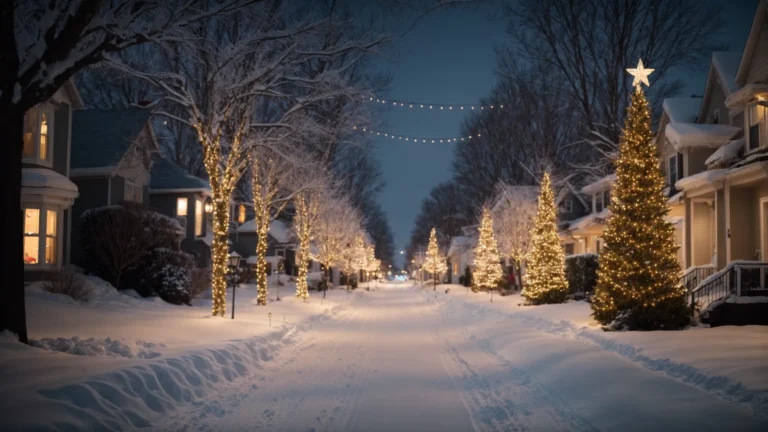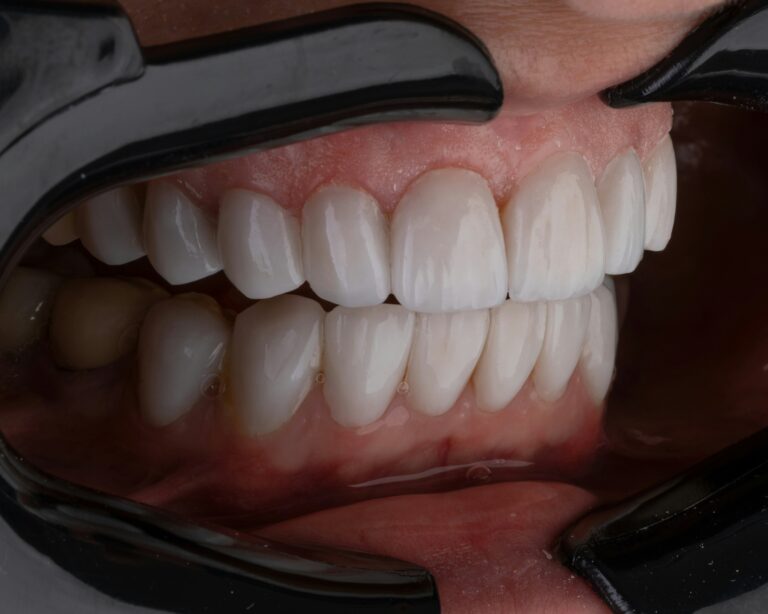Norfolk homeowners face a relentless enemy that most never see coming. The thick, sticky air that blankets the city for months each year doesn’t just make you uncomfortable when you step outside. It’s quietly destroying your home’s insulation, driving up energy bills, and creating problems that can cost thousands to fix.
You might think your air conditioner is broken when certain rooms won’t cool down. Maybe you blame rising electricity rates for those shocking monthly bills. The real culprit often hides in your attic and crawl spaces, where professional insulation services Norfolk homeowners trust become the difference between comfort and constant frustration.
The Geographic Recipe for Insulation Disaster
Norfolk sits surrounded by water. The Chesapeake Bay wraps around one side while the Atlantic Ocean borders another. All that water pumps moisture into the air year-round, creating humidity levels that hover between 70 and 85 percent during the summer months.
Your home’s insulation wasn’t designed for this kind of moisture assault. Most insulation products work great in dry climates. They perform well in homes with excellent moisture control systems. Norfolk offers neither of those conditions.
When humid air penetrates your home’s exterior, it carries water vapor deep into wall cavities and attic spaces. During hot days, this moisture gets trapped. At night, temperature drops cause condensation to form on cooler surfaces. Your insulation becomes a soggy mess that can’t do its job.
What Happens When Insulation Gets Wet
Fiberglass batts turn into waterlogged sponges. The tiny air pockets that provide insulating value fill with water. The material compresses under its own weight, losing up to 50 percent of its ability to block heat transfer. Even after it dries out, compressed fiberglass never bounces back to its original thickness.
Blown cellulose insulation faces different but equally serious problems. When moisture soaks into cellulose, the material clumps together like wet newspaper. Large sections of your attic end up with no insulation coverage at all. The settled areas become breeding grounds for mold and mildew.
Spray foam insulation handles moisture better than other materials, but it’s not immune to Norfolk’s humidity challenges. Water can seep through tiny cracks and gaps, finding its way behind the foam. Once moisture gets trapped back there, it creates perfect conditions for rot and structural damage.
Signs Your Insulation Has Given Up
Most homeowners don’t realize their insulation has failed until the problems become obvious. Your monthly electric bill creeps higher each summer. Certain rooms stay uncomfortably warm no matter how low you set the thermostat. Strange odors drift through the house, especially on humid days.
Head up to your attic during a hot afternoon in July or August. You’ll feel the difference immediately. A properly insulated attic should feel noticeably cooler than the outdoor temperature. If your attic feels like an oven, your insulation has lost the battle against Norfolk’s humidity.
Look for visual clues while you’re up there. Healthy insulation maintains its original color and texture. Moisture damaged material appears darker in spots. You might see areas where insulation has compressed or shifted, leaving gaps in coverage. Dark stains on wooden rafters indicate water has been sitting long enough for mold to establish itself.
The Hidden Costs of Damaged Insulation
Energy bills represent just the tip of the iceberg when insulation fails. Your HVAC system works overtime trying to maintain comfortable temperatures. Equipment wears out faster when it runs constantly against ineffective insulation. Repair bills pile up as overworked components break down.
Moisture trapped in wall cavities and attic spaces creates health hazards for your family. Mold spores become airborne and circulate through your home’s ductwork. Children and elderly family members are particularly vulnerable to respiratory problems caused by poor indoor air quality.
Structural damage develops slowly but steadily when moisture accumulates in building materials. Wooden framing members can rot from the inside out. Drywall develops soft spots and visible stains. Metal fasteners corrode and lose their holding power. What started as an insulation problem becomes a major renovation project.
Why Standard Products Don’t Work Here
Walk into any home improvement store and you’ll find shelves lined with insulation products. Most carry standard R value ratings that look impressive on paper. These ratings assume the material will stay dry and maintain its original dimensions. Norfolk’s humidity makes those assumptions meaningless.
Manufacturers design insulation for average conditions across the country. They account for some seasonal moisture but not the sustained high humidity levels Norfolk experiences. The testing standards used to determine R values don’t replicate the kind of moisture exposure your home faces every summer.
Generic installation methods compound the problem. Proper air sealing becomes even more important in high humidity environments. Standard installation practices often skip steps that prevent moisture infiltration. The result is insulation that fails within a few years instead of lasting decades.
Moisture Resistant Alternatives That Actually Work
The insulation industry has developed specialized materials for coastal and high humidity climates. These products maintain their insulating properties even when exposed to elevated moisture levels. Advanced manufacturing techniques create materials that resist compression and clumping when wet.
Proper vapor barrier installation creates multiple lines of defense against moisture infiltration. Strategic placement of these barriers prevents humid air from reaching the insulation while allowing any trapped moisture to escape safely. The difference in long term performance can be dramatic.
Air sealing becomes even more critical in Norfolk’s climate. Every small gap around electrical outlets, pipe penetrations, and ductwork provides an entry point for humid air. Professional installers use specialized materials and techniques to create airtight seals that last.
Professional Assessment Makes the Difference
Universal Insulation Doctor has spent years dealing with Norfolk’s unique insulation challenges. Their experience with local conditions helps homeowners identify problems before they become expensive disasters. A thorough assessment reveals areas where moisture has already caused damage and spots where future problems are likely to develop.
Professional installers understand which materials work best in different areas of your home. They know how to modify standard techniques for Norfolk’s climate. The investment in proper installation pays dividends in lower energy bills and fewer repair headaches down the road.
Taking Action Before Summer Heat Arrives
Spring offers the perfect window for addressing insulation problems. Humidity levels drop to more manageable ranges, making installation conditions better. You’ll have your new insulation working for you before the real test of summer heat and humidity begins.
Beat high energy bills with Universal Insulation Doctor. Norfolk’s humidity will continue attacking your current insulation whether you address the problem or not. Each month of delay makes the eventual fix more expensive and disruptive. Your family deserves a comfortable home that doesn’t cost a fortune to cool.






